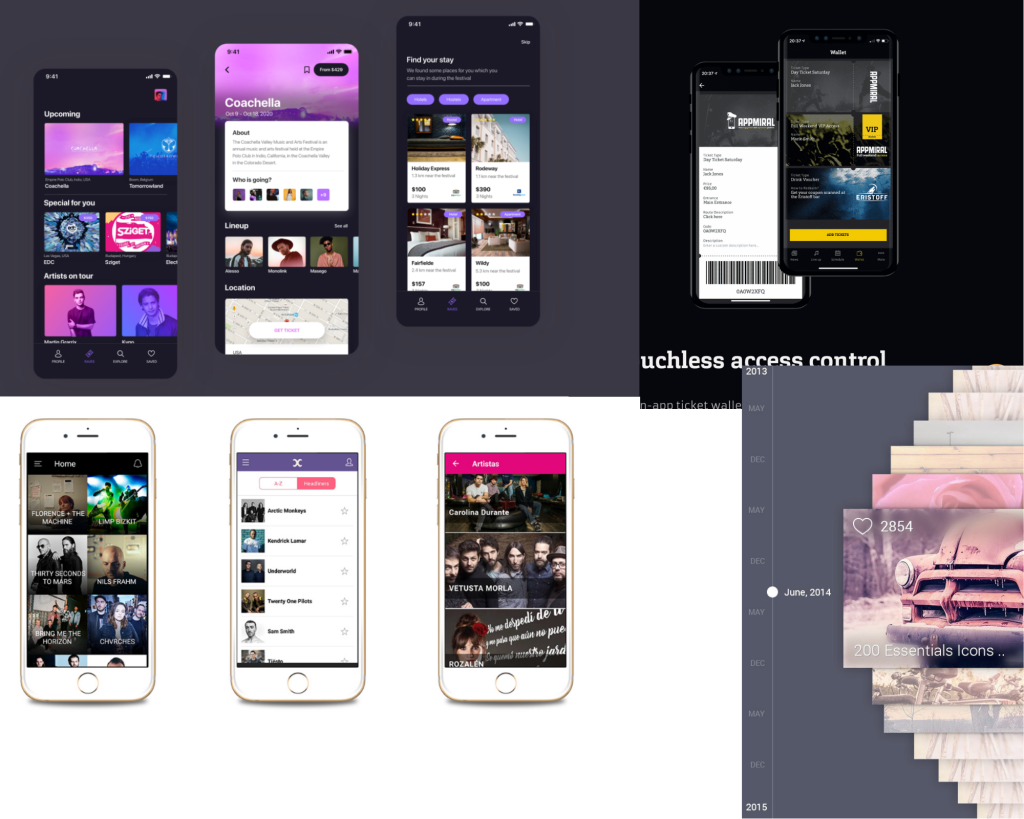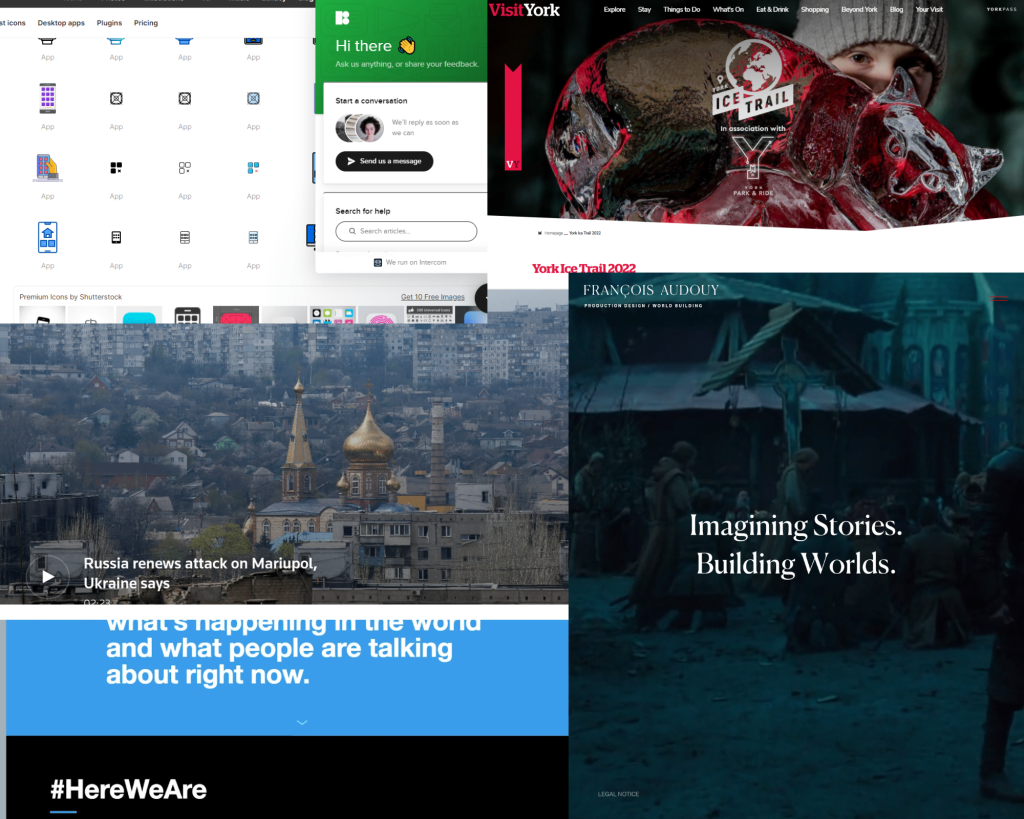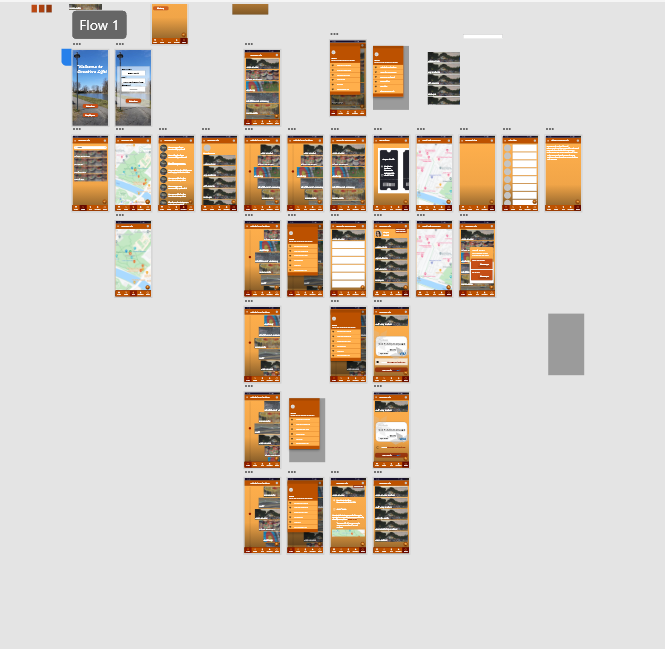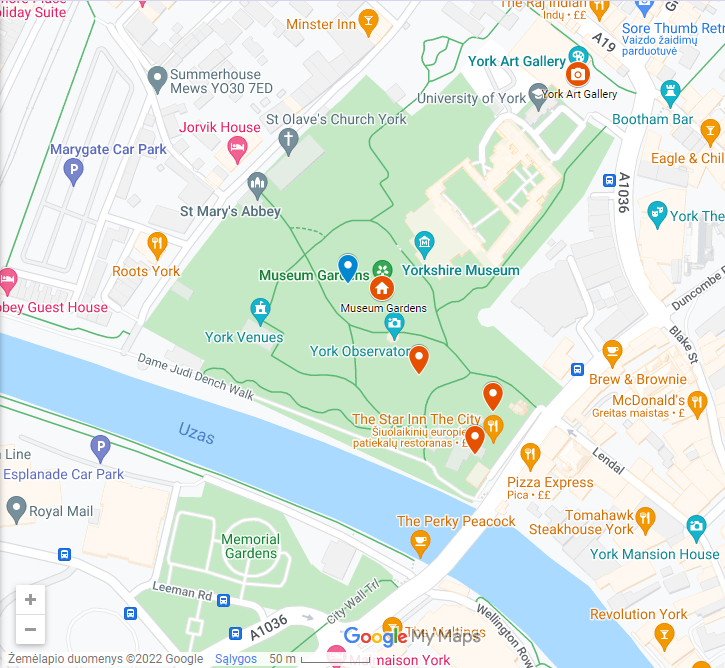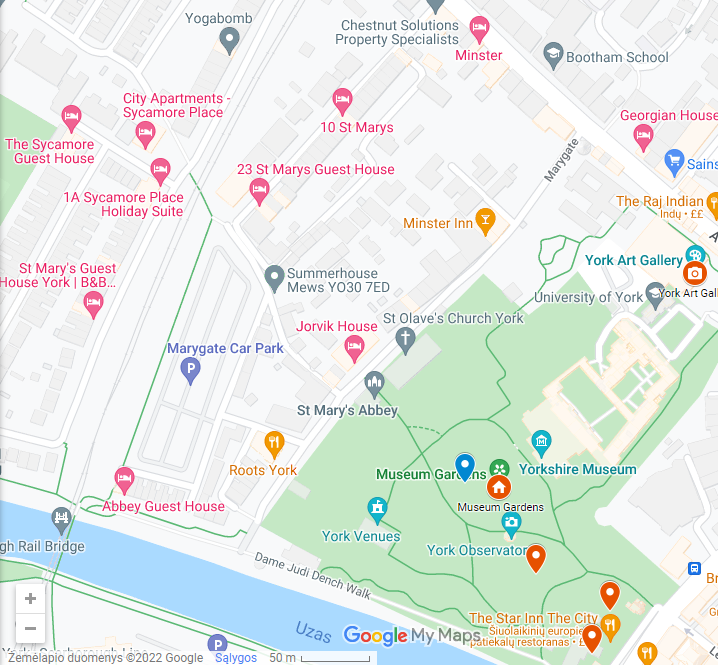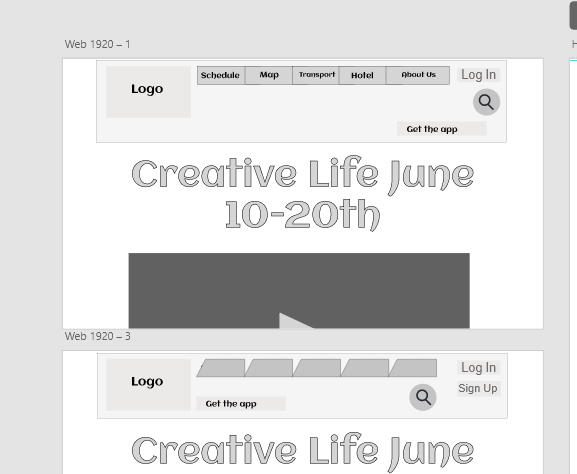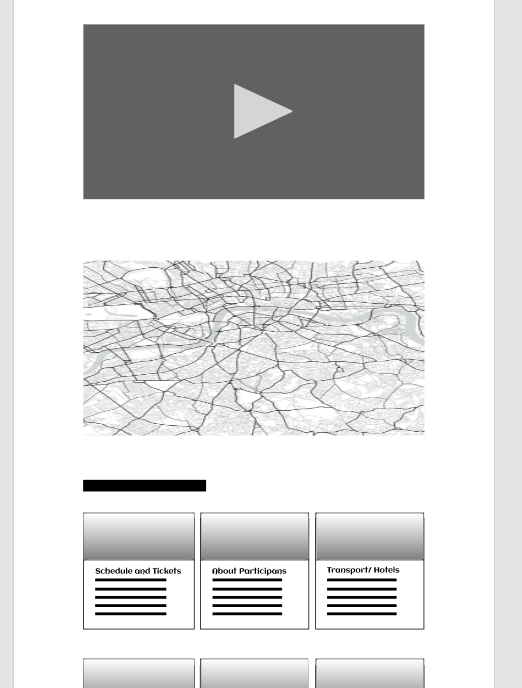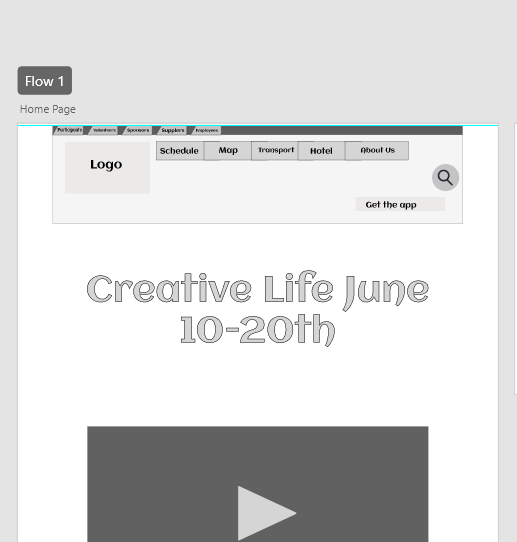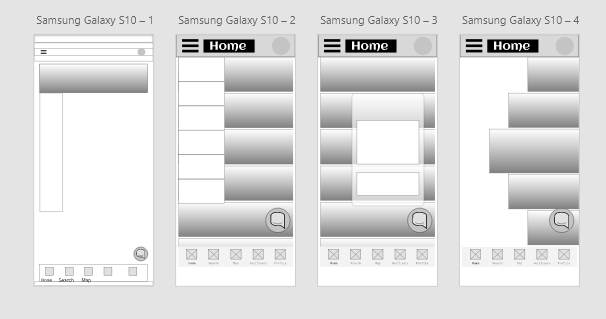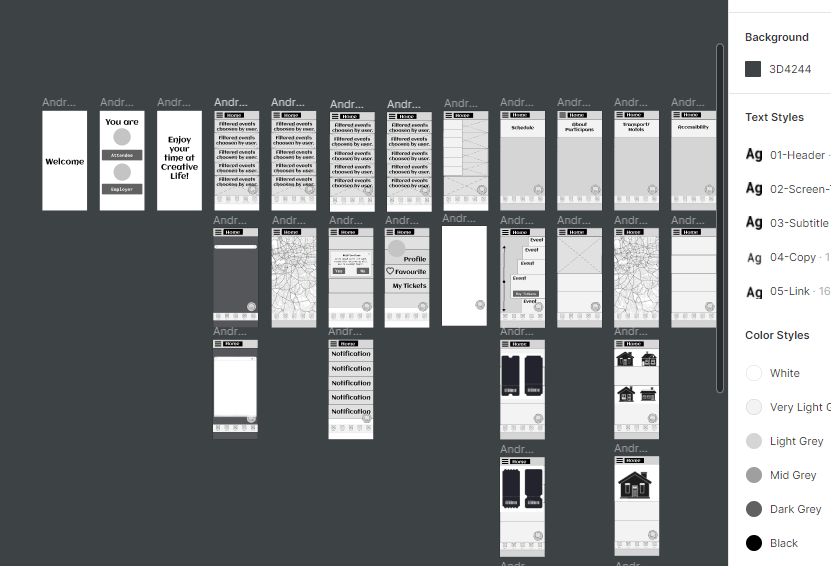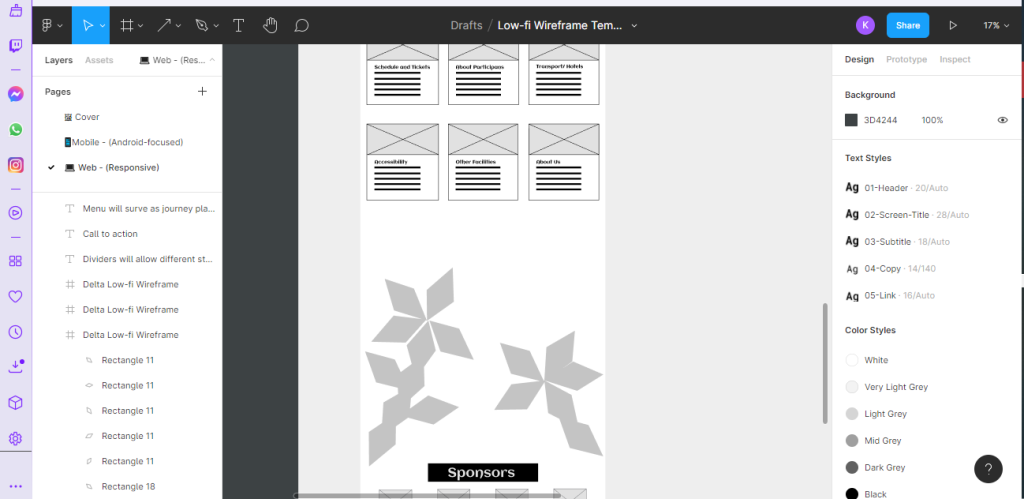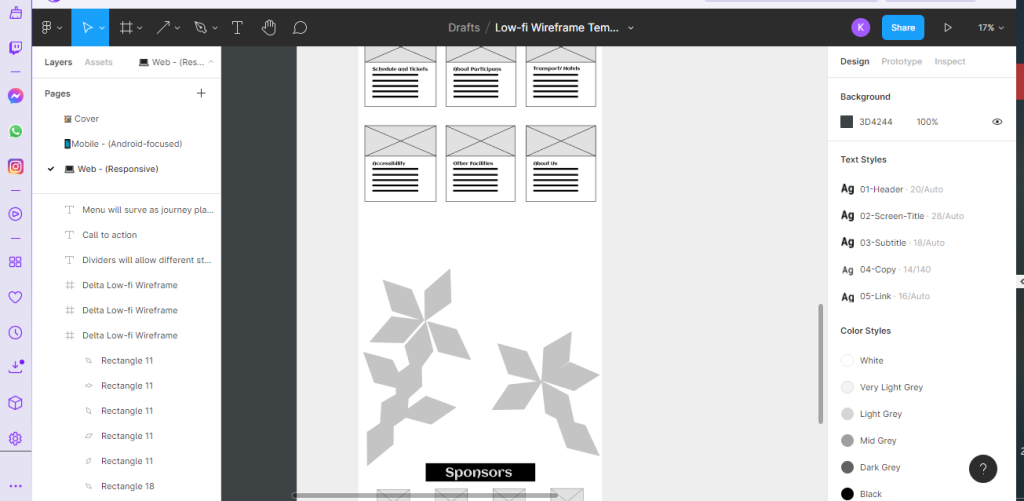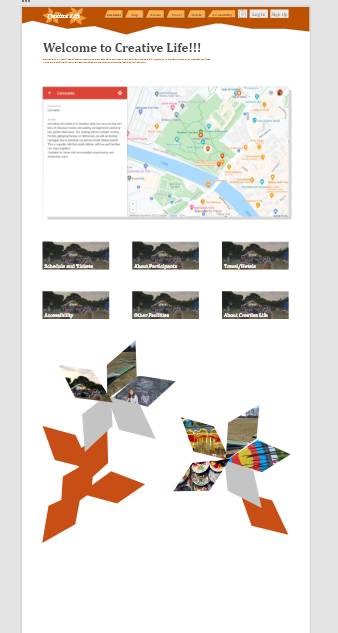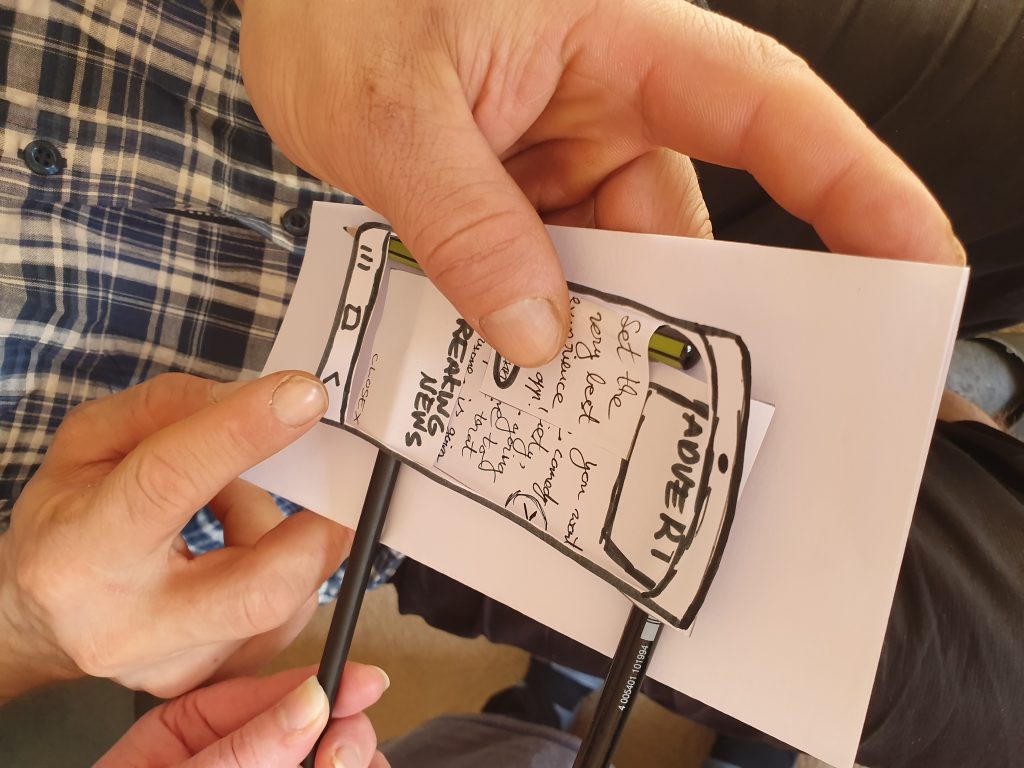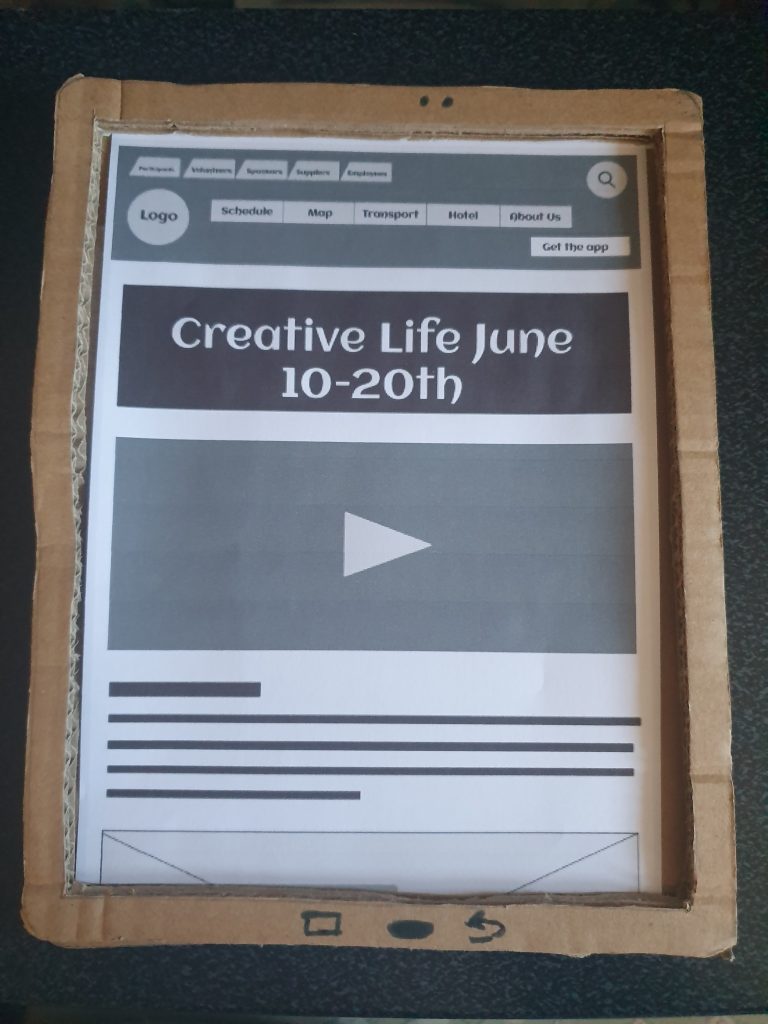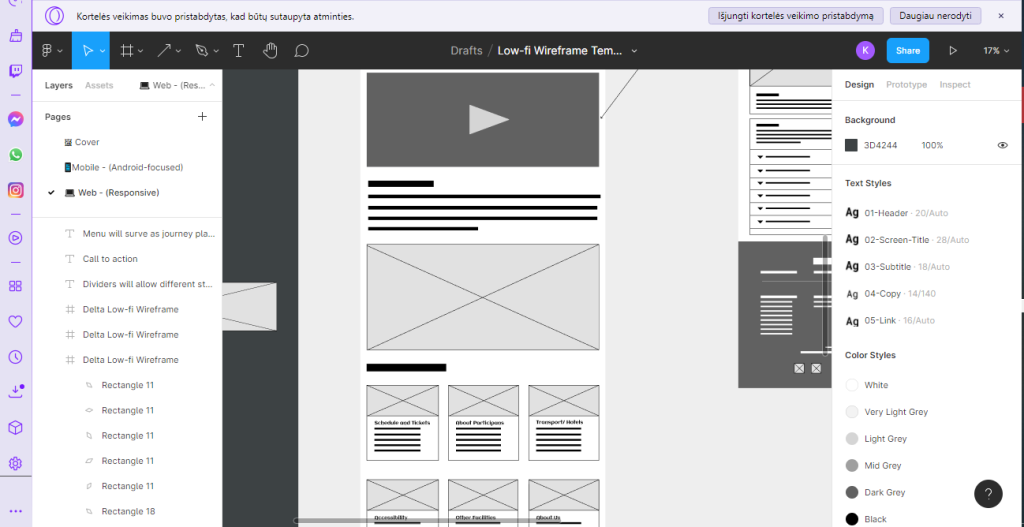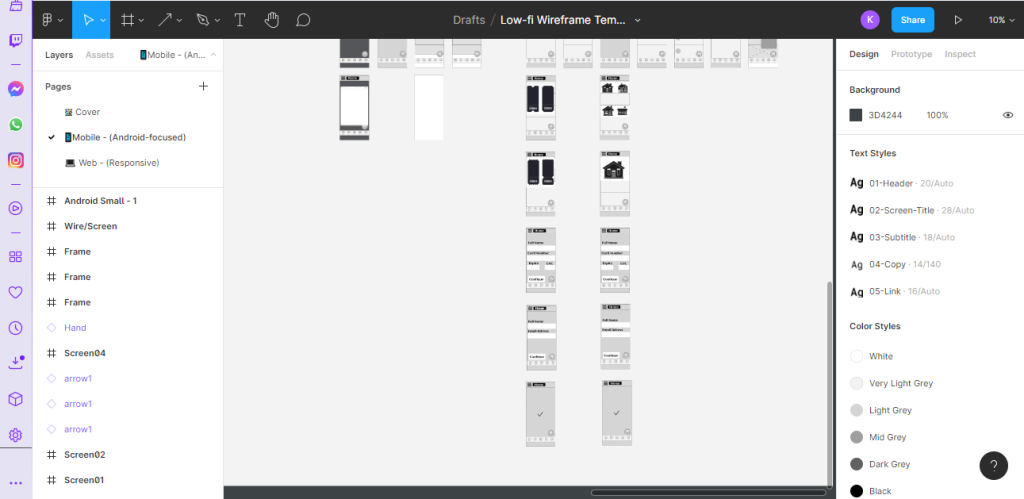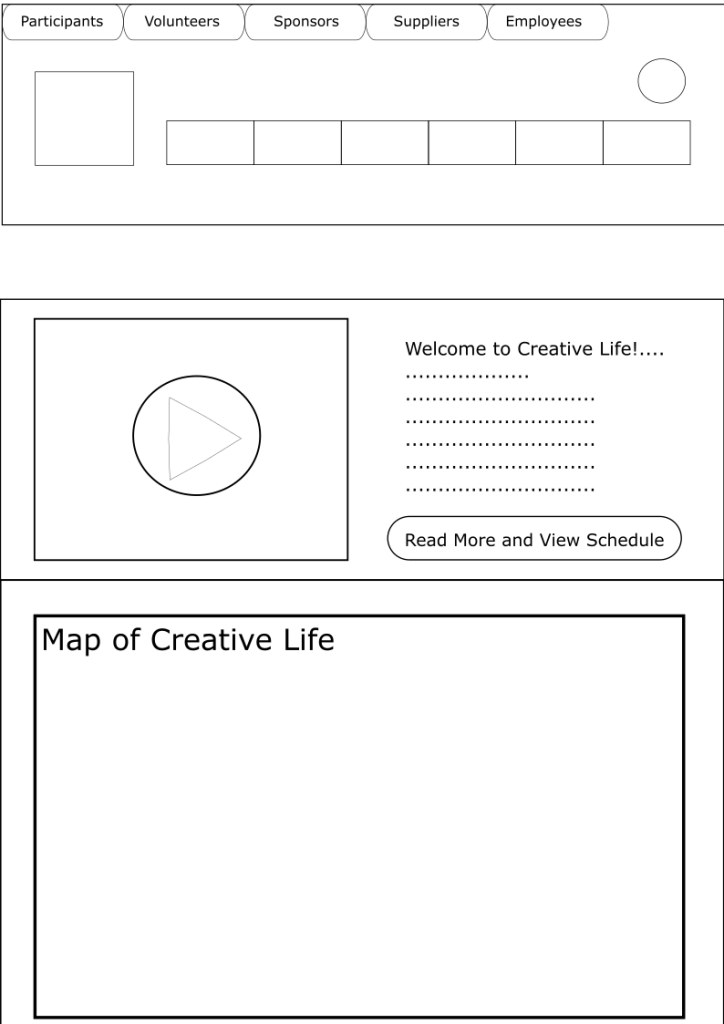During the coding experiments, Google Chrome Experiments caught my curiosity in the use of HTML codes to build transitions using items of my choice if the code is done correctly.
First Experimentation – Google Search Volume by Language
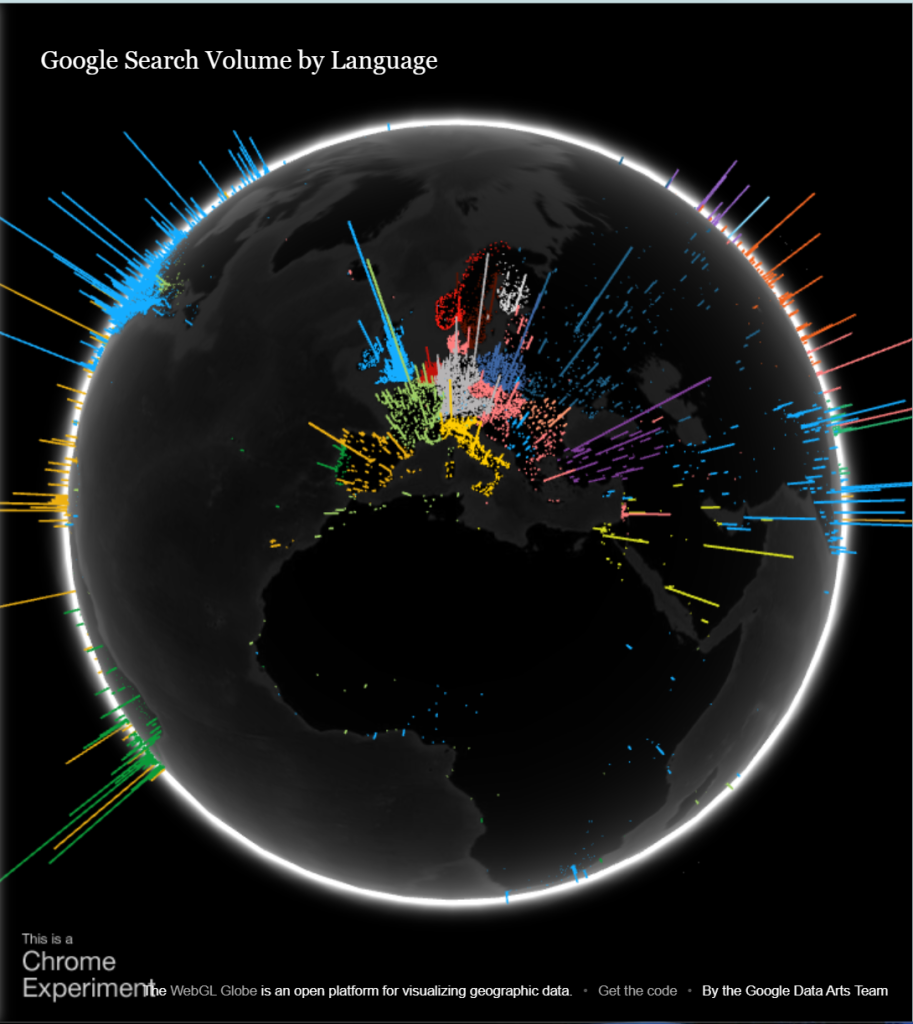
Second Experimentation – Webgl Particle Audio Visualizer

Third Experimentation – Flame

Fourth Experimentation – Tendrils

Fifth Experimentation – Colorful Fluid

In terms of advancing these experiments, consideration was made to add code components to the design portfolio if they prove successful.
References
Eoghan O’Keeffe, Experiments with Google, February 2018. Tendrils [Online] (n.d.) Available at: Tendrils by Eoghan O’Keeffe – Experiments with Google [28 December 2022]
Google Data Arts Team, n.d. Google Search Volume by Language [Online] (n.d.) Available at: WebGL Globe (chromeexperiments.com) [28 December 2022]
Sehyun Av Kim, Experiments with Google, Februaby 2018. Webgl Particle Audio Visualizer [Online] (n.d.) Available at: Webgl Particle Audio Visualizer by Sehyun Av Kim – Experiments with Google [28 December 2022]
Yuichiroh Arai, Experiments with Google, November 2017. Colorful Fluid [Online] (n.d.) Available at: Colorful Fluid by Yuichiroh Arai – Experiments with Google [28 December 2022]
Xiaohan Zhang, Experiments with Google, March 2018. Flame [Online] (n.d.) Available at: Flame by Xiaohan Zhang – Experiments with Google [28 December 2022]

